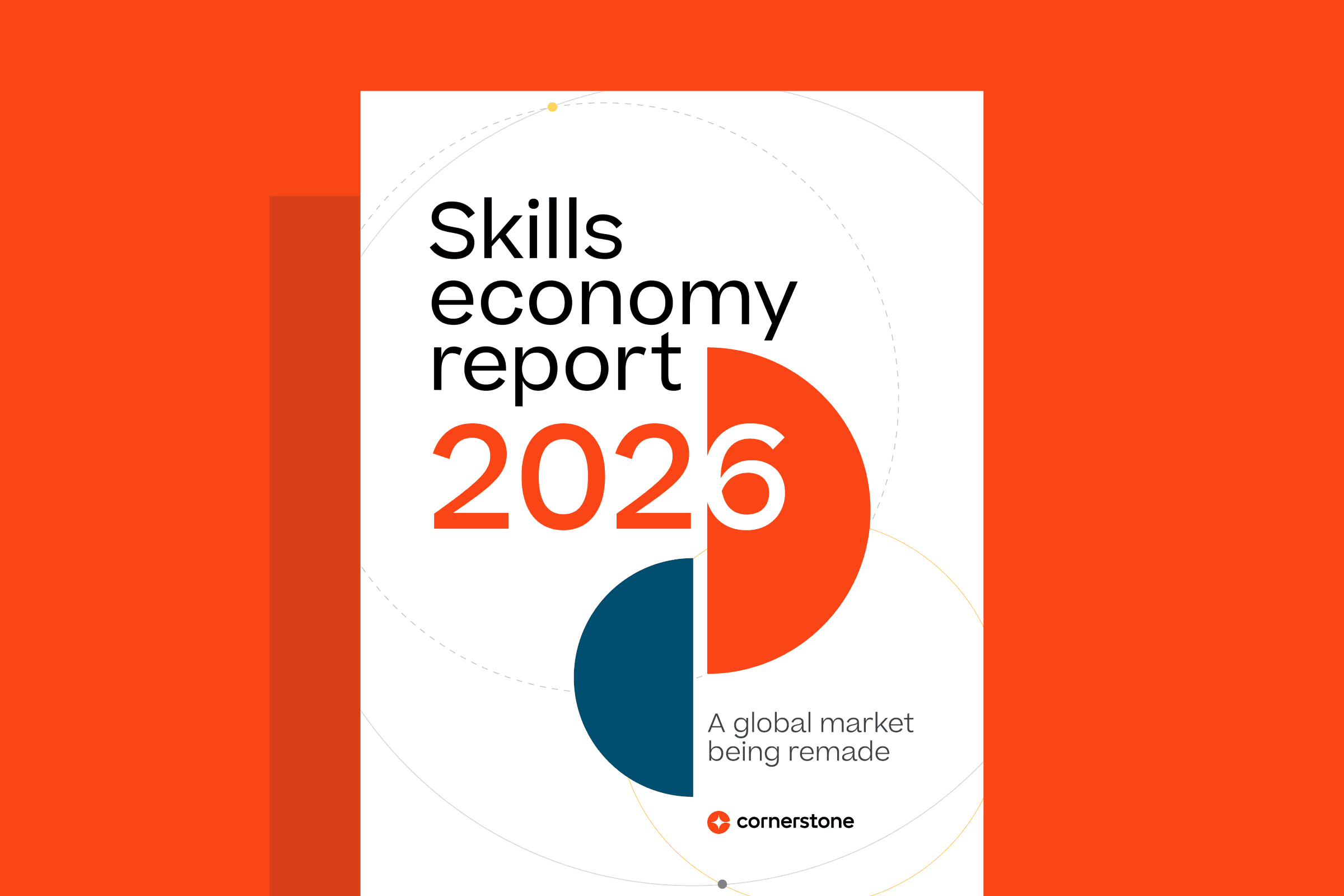This article was originally published under Jeff Miller's column "The Science of Workplace Motivation" on Inc.com.
Consumers today have high expectations for experiences. Just look at what's happening to scheduled TV viewership. Netflix now automatically provides recommendations for what to watch using predictive analytics, letting users control their own experiences by making specific choices and providing feedback through the ratings system. But there was also a time when looking at TV Guide magazine was the only way to decide what to watch.
Work was different then, too. Feedback, for example, came once a year during an annual performance review. Now, employees want feedback to be an ongoing conversation and they expect to play a part in determining how it's given and when they receive it. As consumers, we've grown accustomed to controlling our environments and, consequently, our expectations for what the employee experience should be has drastically changed. It's no surprise, then, that employee experience is a differentiating factor when it comes to employee happiness and retention.
According to data from IBM's Smarter Workforce Institute, employees with the most positive experiences at work are three times less likely to be searching for a new job. The downside? According to YouEarnedIt, only 10 percent of employees rate the employee experience at their job a 10 out of 10.
The question I get asked all the time from business leaders when it comes to employee experience is: where do I even begin? It's not a simple or straightforward answer, unfortunately, and there are a lot of factors at play such as office friendships, organizational trust, and work-life balance. But, for starters, I suggest leaders adopt this two-pronged approach.
Make Work Meaningful for Employees
According to IBM, meaningful work is the single largest contributor to an employee's positive experience. The response I often hear is: "There are some tasks that may seem trivial to an employee but they have to be done anyway." So, how can we ensure that the work we're giving to an employee is meaningful to them while also meeting business objectives?
For those types of tasks, explaining the bigger picture is key (i.e., how this one seemingly trivial task makes an impact).
It's also important to empower employees by giving them opportunities to step into new roles. For instance, our team at headquarters meets with the larger global team once a month via video conferencing. Instead of having one of the senior leaders lead the meeting, a different person from the global team takes the role of the host every month. They are charged with organizing the agenda, coming up with a theme and leading the team through a creative activity. It's not only been fun for me to see each of them bring their own unique flair to the meetings they lead, but it's also rewarding for them.
Embrace the Human Side of Work
Too often we get bogged down with meetings, deadlines and deliverables that we forget what our roles as managers should be. The fast-paced, digital world we live in has downplayed the importance of the human element at work.
Bringing back this human element at work can take many forms. It can be as subtle as your CEO shaking the hand of each new hire on their first day, having your entire team video conference a remote employee to sing to them on their birthday, or leaving a Post-it note on your employee's computer that says "You are so appreciated."
It can also be a more formal program like my company's monthly "Coffee with Cornerstars," a Q&A at our headquarters (which is also streamed globally) that gives employees the chance to share about themselves and learn about each other. One of the recent Q&As featured our head of legal. Employees learned how he got his start in law, how he defines success, what it takes to do his job, the best piece of advice he's ever received, and that his guilty pleasure is watching "The Golden Girls." It's these types of programs that bring us closer together as a team and create a sense of connectedness, and that's something you won't find at any ordinary company.
If we look at managing others as a set of human interactions rather than an endless cycle of work that needs to get done, we will be better able to create a space where people feel valued as a member of the team and recognized for who they are as a person. As managers, we can enable others through the giving of ourselves. That's to say, we can't expect the people on our team to bring their whole selves to work if we don't either.
Photo: Twenty20


